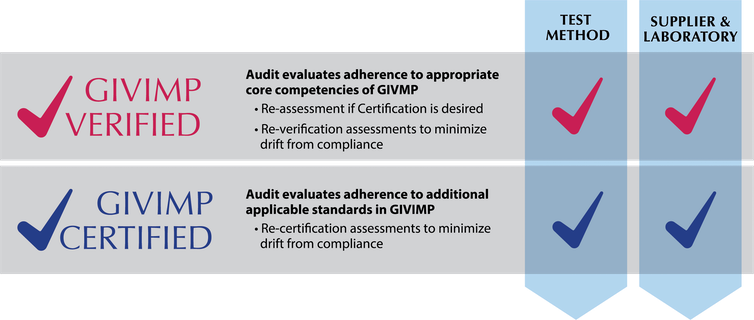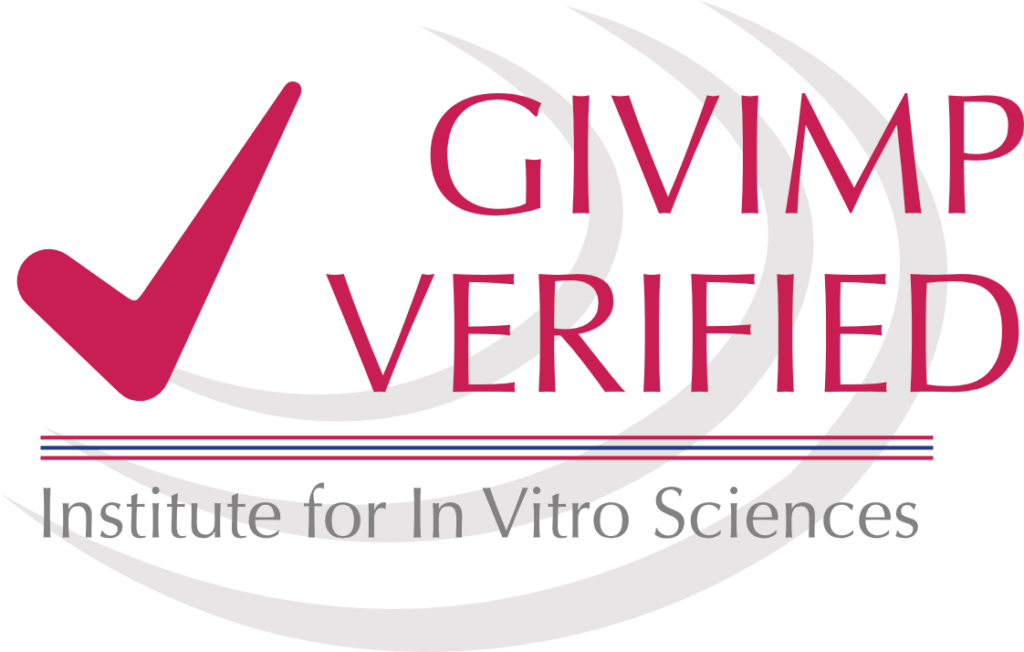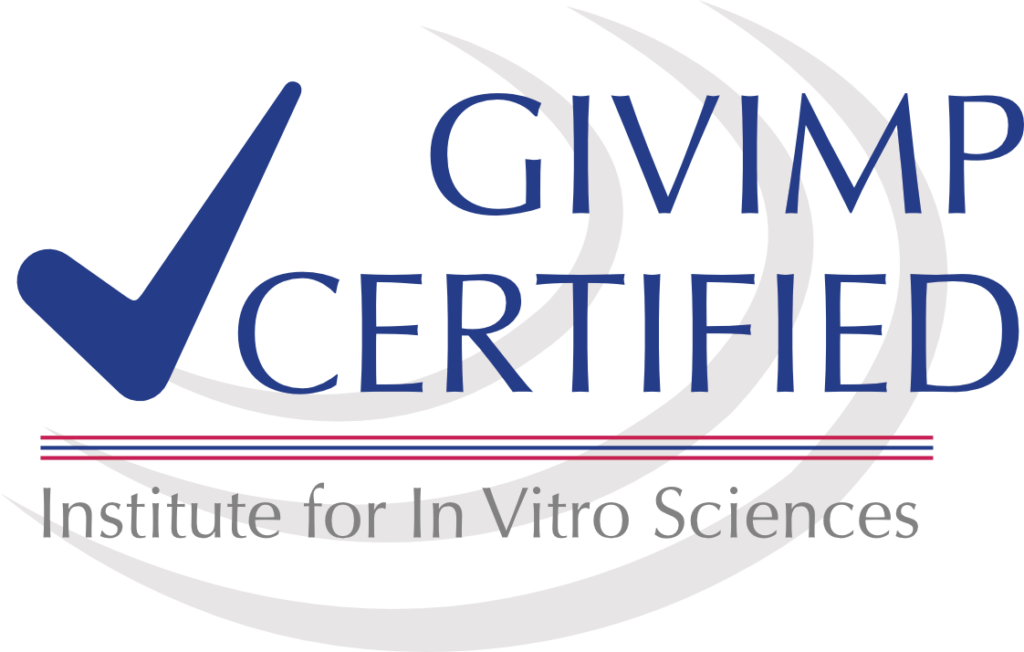Since 1997, IIVS has been an advocate for improving the quality systems under which in vitro testing is routinely performed and new methods are developed. Often, the laboratories developing novel methods do not perform regulatory testing and do not have a quality system in place to support the integrity of their work and the reliability and reproducibility of their data. The 2018 OECD Good In Vitro Method Practices (GIVIMP) guidance document is a resource listing best practices laboratories can follow to perform in vitro work to a high standard of quality. Non-regulated laboratories and laboratories functioning under a national Good Laboratory Practice (GLP) compliance program alike can benefit from the information in this document. Because the GIVIMP guidance is extremely thorough and every laboratory has unique technologies and novel methodologies, it is difficult to know how to apply the recommendations in the guidance to each unique laboratory setting and methodology.
IIVS has developed an audit-based program to assist laboratories of all sizes and levels of experience in implementing the OECD guidance document 286 in the Series on Testing and Assessment titled Good In Vitro Method Practices. Participation in the program demonstrates adherence to essential quality standards and builds confidence not only in the method, but also in the laboratories performing the testing. Each facility can set the scope of their certification, from one specific process or method to the operation of the entire laboratory. Self-selection of the scope of the program removes barriers that often prevent smaller and less experienced laboratories from implementing quality standards and participating in certification programs. For example, academic laboratories working to develop and optimize a new method may benefit from limiting the scope of the assessment to the method, while a laboratory routinely performing in vitro testing services would receive the most benefit from including all work performed in the in vitro testing laboratories within the scope of the assessment.



